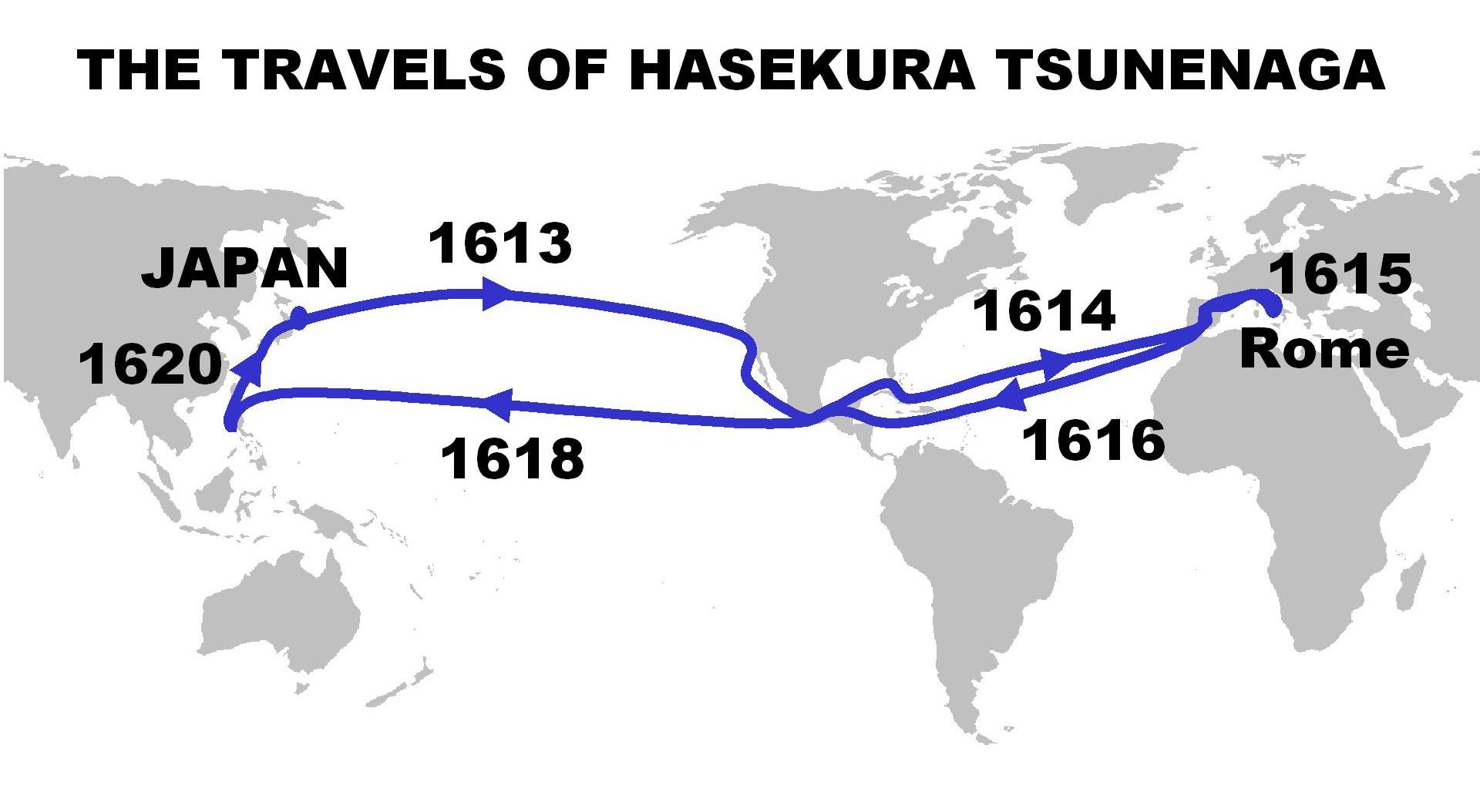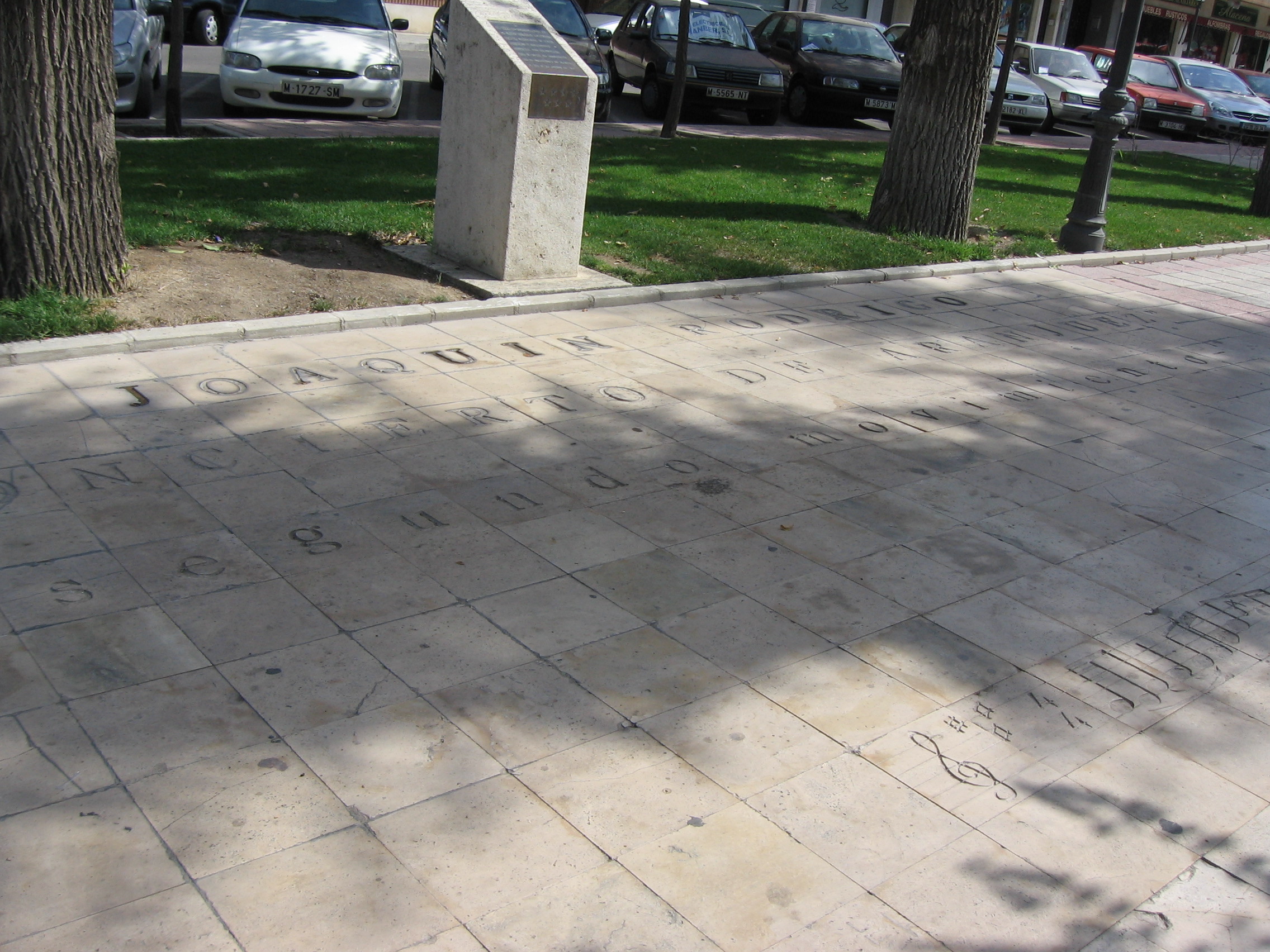|
Rodrigo Rodríguez (musician)
Rodrigo Rodríguez (born 29 August 1978) is a Spanish shakuhachi player. Life and career Rodrigo Rodríguez was born in 1978 in Argentina, San Carlos de Bolivar. He moved with his family to Mallorca, Spain in 1986. He began playing and study classical western music when he was 10 years old. Rodriguez studied classical guitar and composition in order to classical western music. He has lived and studied shakuhachi in Japan under the discipline of the Master Kaoru Kakizakai in The International Shakuhachi Kenshunkan School and with Kohachiro Miyata one of Japan's leading players of the shakuhachi. In 2008 he put out the album "Various Artists Music That Illuminates Your Life" by the record company Gemini Sun Records which was distributed by ADA / Warner Music Group sharing multi-artist compilation with artists as David Arkenstone and Terry Oldfield. On August 28, 2008 his third album "Beyond the Times" was chosen by John Diliberto and Echoes as one of the Top 25 Albums. Ro ... [...More Info...] [...Related Items...] OR: [Wikipedia] [Google] [Baidu] |
Argentina
Argentina (), officially the Argentine Republic ( es, link=no, República Argentina), is a country in the southern half of South America. Argentina covers an area of , making it the second-largest country in South America after Brazil, the fourth-largest country in the Americas, and the eighth-largest country in the world. It shares the bulk of the Southern Cone with Chile to the west, and is also bordered by Bolivia and Paraguay to the north, Brazil to the northeast, Uruguay and the South Atlantic Ocean to the east, and the Drake Passage to the south. Argentina is a federal state subdivided into twenty-three provinces, and one autonomous city, which is the federal capital and largest city of the nation, Buenos Aires. The provinces and the capital have their own constitutions, but exist under a federal system. Argentina claims sovereignty over the Falkland Islands, South Georgia and the South Sandwich Islands, and a part of Antarctica. The earliest recorded human prese ... [...More Info...] [...Related Items...] OR: [Wikipedia] [Google] [Baidu] |
Hasekura Tsunenaga
was a kirishitan Japanese samurai and retainer of Date Masamune, the daimyō of Sendai. He was of Japanese imperial descent with ancestral ties to Emperor Kanmu. Other names include Philip Francis Faxicura, Felipe Francisco Faxicura, and Philippus Franciscus Faxecura Rocuyemon in period European sources. In the years 1613 through 1620, Hasekura headed the Keichō Embassy (), a diplomatic mission to Pope Paul V. He visited New Spain and various other ports-of-call in Europe on the way. On the return trip, Hasekura and his companions re-traced their route across New Spain in 1619, sailing from Acapulco for Manila, and then sailing north to Japan in 1620. He is considered the first Japanese ambassador in the Americas and in Spain, despite other less well-known and less well-documented missions preceding his mission. Although Hasekura's embassy was cordially received in Spain and Rome, it happened at a time when Japan was moving toward the suppression of Christianity. European ... [...More Info...] [...Related Items...] OR: [Wikipedia] [Google] [Baidu] |
Honkyoku
''Honkyoku'' (本曲, "original pieces") are the pieces of shakuhachi music collected in the 18th century by a Komuso of the Japanese Fuke sect Kinko Kurosawa. It was believed that these pieces were played by the members of the Fuke Sect. The Fuke sect was a Japanese sect of masterless samurai (Ronins) self called komusō "Lay Monks of the Non-Dual & None-ness". According to Japanologist Torsten Olafsson ''"Having become masterless samurai in a time of peace and having had to join the growing groups of flute-playing beggars to survive, like the komosō:, those rōnin did no longer enjoyed the privileges and relative security of belonging to any ordinary families, or households, that could be inspected, approved, and registered every year under the new "Danka System", as a result in 1640 they organized themselves as sincere members of some kind of a "new" native Buddhist movement that played the shakuhachi' It is believed that after the crushing of the revolt of ronins around Sh ... [...More Info...] [...Related Items...] OR: [Wikipedia] [Google] [Baidu] |
TeRra Magazine
Han Terra is a Korean-born inventor and musician. She has invented a 24 stringed musical instrument called TeRra, in the style of a traditional kayageum, incorporating artificial intelligence. She started taking piano lessons at the age of four, and performing by the age of six. Han performs within the classical and contemporary Eastern singing and dancing traditions, as well as Western classical music. She has performed on the kayageum in Carnegie Hall. Early life Han is a member of the Cheongju Han clan family. Her maternal grandmother's family was in the fashion and textile business and moved from Japan to Korea in the late 1920s. Han was born in Seoul, South Korea. Her birth name was Laesuk ("Advent of Goodness" or "Goddess"). She got the Buddhist name ' Myeong-wol' (명월, 明月), which means 'bright moon', from a Buddhist priest in her teens. Han also uses the pseudonym Dan-young (단영, 澶濴). She adopted the name 'TeRra' based on the name of the earth goddess ... [...More Info...] [...Related Items...] OR: [Wikipedia] [Google] [Baidu] |
Brooklyn Botanical Garden
Brooklyn Botanic Garden (BBG) is a botanical garden in the borough of Brooklyn, New York City. It was founded in 1910 using land from Mount Prospect Park in central Brooklyn, adjacent to Prospect Park and the Brooklyn Museum. The garden holds over 14,000 taxa of plants and has nearly a million visitors each year. It includes a number of specialty "gardens within the Garden", plant collections, the Steinhardt Conservatory that houses the C. V. Starr Bonsai Museum, three climate-themed plant pavilions, a white cast-iron-and-glass aquatic plant house, and an art gallery. History Site The impetus to build Prospect Park stemmed from an April 18, 1859, act of the New York State Legislature that empowered a twelve-member commission to recommend sites for parks in the City of Brooklyn. In February 1860, a group of fifteen commissioners submitted suggestions for park locations in Brooklyn, including a plot centered on present-day Mount Prospect Park and bounded by Warren Street ... [...More Info...] [...Related Items...] OR: [Wikipedia] [Google] [Baidu] |
New York City
New York, often called New York City or NYC, is the List of United States cities by population, most populous city in the United States. With a 2020 population of 8,804,190 distributed over , New York City is also the List of United States cities by population density, most densely populated major city in the United States, and is more than twice as populous as second-place Los Angeles. New York City lies at the southern tip of New York (state), New York State, and constitutes the geographical and demographic center of both the Northeast megalopolis and the New York metropolitan area, the largest metropolitan area in the world by urban area, urban landmass. With over 20.1 million people in its metropolitan statistical area and 23.5 million in its combined statistical area as of 2020, New York is one of the world's most populous Megacity, megacities, and over 58 million people live within of the city. New York City is a global city, global Culture of New ... [...More Info...] [...Related Items...] OR: [Wikipedia] [Google] [Baidu] |
Concierto De Aranjuez
The ''Concierto de Aranjuez'' (, "Aranjuez Concerto") is a classical guitar concerto by the Spanish composer Joaquín Rodrigo. Written in 1939, it is by far Rodrigo's best-known work, and its success established his reputation as one of the most significant Spanish composers of the 20th century. Inspiration and history The ''Concierto de Aranjuez'' was inspired by the gardens at the Royal Palace of Aranjuez, the spring resort palace and gardens built by Philip II in the last half of the 16th century and rebuilt in the middle of the 18th century by Ferdinand VI. The work attempts to transport the listener to another place and time through the evocation of the sounds of nature. According to the composer, the first movement is "animated by a rhythmic spirit and vigour without either of the two themes... interrupting its relentless pace"; the second movement "represents a dialogue between classical guitar and solo instruments (cor anglais, bassoon, oboe, horn etc.)"; and the last ... [...More Info...] [...Related Items...] OR: [Wikipedia] [Google] [Baidu] |
Masaru Emoto
was a Japanese businessman, author and pseudoscientist who claimed that human consciousness could affect the molecular structure of water. His 2004 book '' The Hidden Messages in Water'' was a New York Times best seller. His conjecture evolved over the years, and his early work revolved around pseudoscientific hypotheses that water could react to positive thoughts and words and that polluted water could be cleaned through prayer and positive visualization. From 1999, Emoto published several volumes of a work entitled '' Messages from Water'', containing photographs of ice crystals and accompanying experiments such as that of the ‘rice in water’ 30 day experiment. Biography Emoto was born in Yokohama, Japan, and graduated from Yokohama Municipal University after taking courses in International Relations. He worked in the Nagoya Office (Central Japan Office) of the Yomiuri Shimbun, then founded the International Health Medical company in 1986. In 1989, he received exclusive ... [...More Info...] [...Related Items...] OR: [Wikipedia] [Google] [Baidu] |
2011 Tōhoku Earthquake And Tsunami
The occurred at 14:46 JST (05:46 UTC) on 11 March. The magnitude 9.0–9.1 (M) undersea megathrust earthquake had an epicenter in the Pacific Ocean, east of the Oshika Peninsula of the Tōhoku region, and lasted approximately six minutes, causing a tsunami. It is sometimes known in Japan as the , among other names. The disaster is often referred to in both Japanese and English as simply 3.11 (read in Japanese). It was the most powerful earthquake ever recorded in Japan, and the fourth most powerful earthquake in the world since modern record-keeping began in 1900. The earthquake triggered powerful tsunami waves that may have reached heights of up to in Miyako in Tōhoku's Iwate Prefecture,Yomiuri Shimbun evening edition 2-11-04-15 page 15, nearby Aneyoshi fishery port (姉吉漁港)(Google map E39 31 57.8, N 142 3 7.6) 2011-04-15大震災の津波、宮古で38.9 m…明治三陸上回るby okayasu Akio (岡安 章夫) and which, in the Sendai area, traveled at a ... [...More Info...] [...Related Items...] OR: [Wikipedia] [Google] [Baidu] |
SGAE
The Spanish Society of Authors and Publishers (''Sociedad General de Autores y Editores, SGAE'') is the main collecting society for songwriters, composers and music publishers in Spain. It is similar to AGADU, ASCAP, GEMA, SADAIC, SACEM and SAYCO. The philologist, poet, composer, scriptwriter, movie and television director and producer Antón Reixa (1957) is the Chairman of the Board of Directors since May 2012. SGAE was founded in 1889 as Society of Authors of Spain. In 1995, its name changed to Society of Authors and Publishers, seeking to accommodate cultural editors. SGAE comprises more than 100,000 music, audiovisual and dramatic creators. Created in 1899, its main mission is the protection of its members' rights for the use of their works throughout the world. These uses include mechanical reproduction, public performance, synchronization and many other forms of musical distribution. This process culminates in the collection and subsequent royalty distribution to its member ... [...More Info...] [...Related Items...] OR: [Wikipedia] [Google] [Baidu] |
Coria Del Rio
Coria may refer to: Places Municipalities in Spain: *Coria, Cáceres * Coria del Río, Sevilla A Brythonic equivalent of the Latin Curia, used as a place-name in Roman Britain and elsewhere: * Coria (Corbridge), a Roman fort and town in Northumberland, England *Coria (Inveresk), a Roman fort in Midlothian, Scotland Other uses *Coria (surname) See also * Corea (other) Corea may refer to: *Korea, the term for the peninsula and its culture composed currently of two sovereign states, for which Corea is a spelling in many languages, especially Romance languages, and a former spelling in English **Korean Peninsula, ... * Corium (other) {{disambiguation, geo ... [...More Info...] [...Related Items...] OR: [Wikipedia] [Google] [Baidu] |





_07.jpg)